Nationality English Occupation sculptor | Name Albert Toft Education Royal College of Art | |
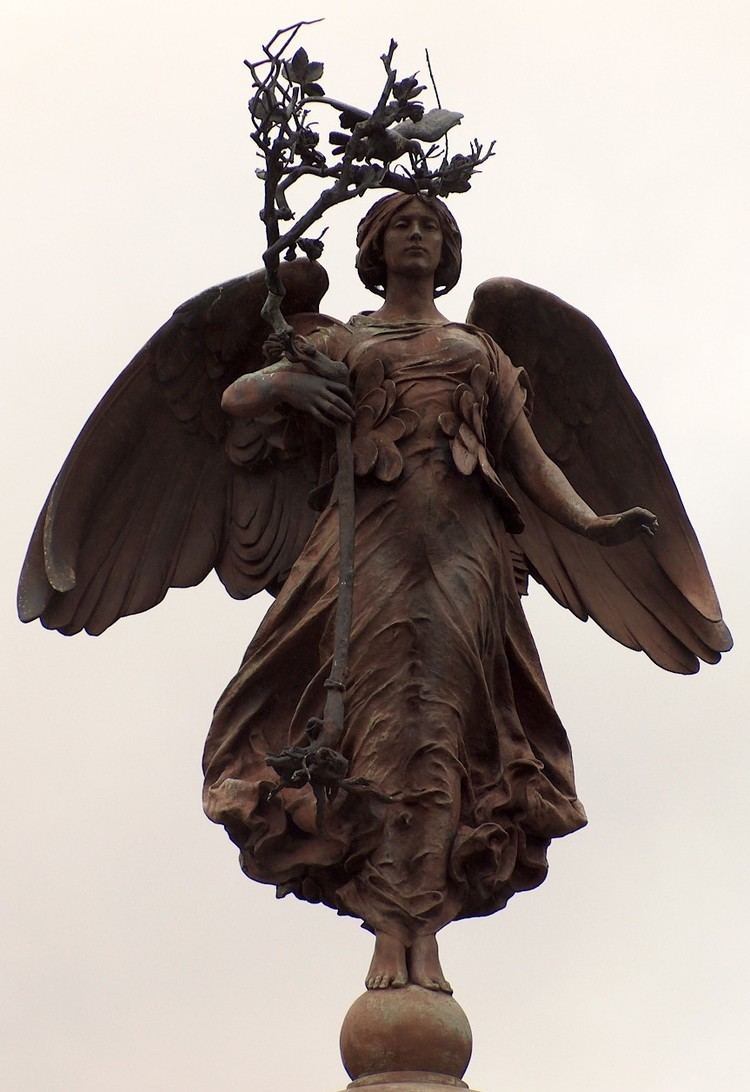 | ||
Alma mater South Kensington Schools Books Modelling and Sculpture: A Guide to Traditional Methods | ||
King Edward VII Statue
Albert Toft (3 June 1862 – 18 December 1949) was an English sculptor. His brother was the landscape artist Joseph Alfonso Toft.
Contents
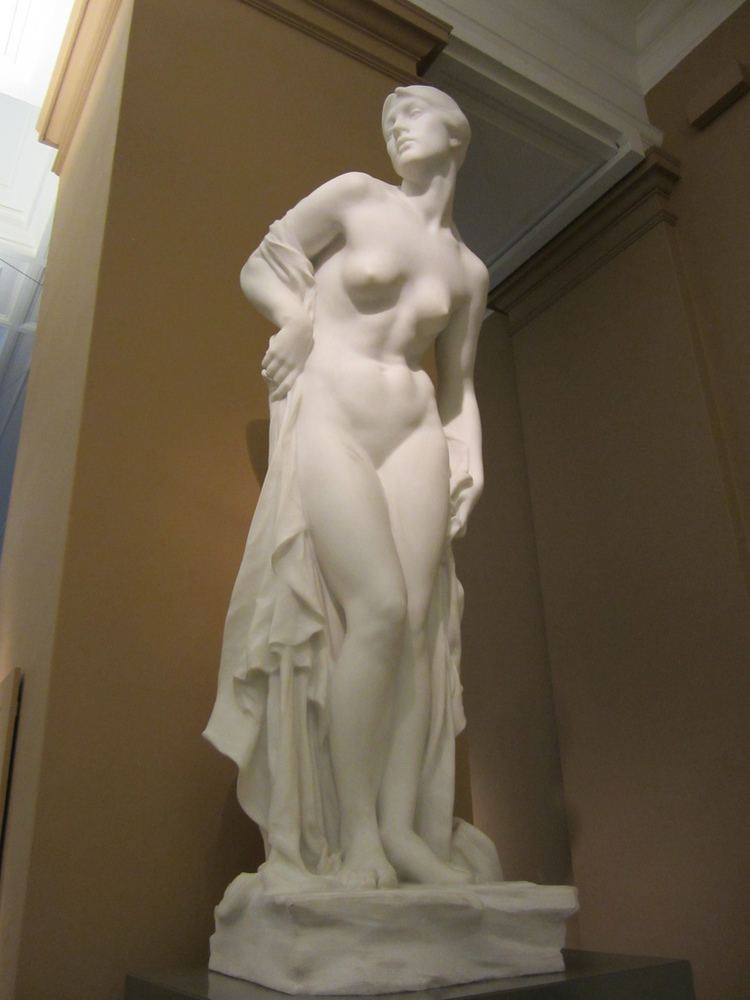
Life and career
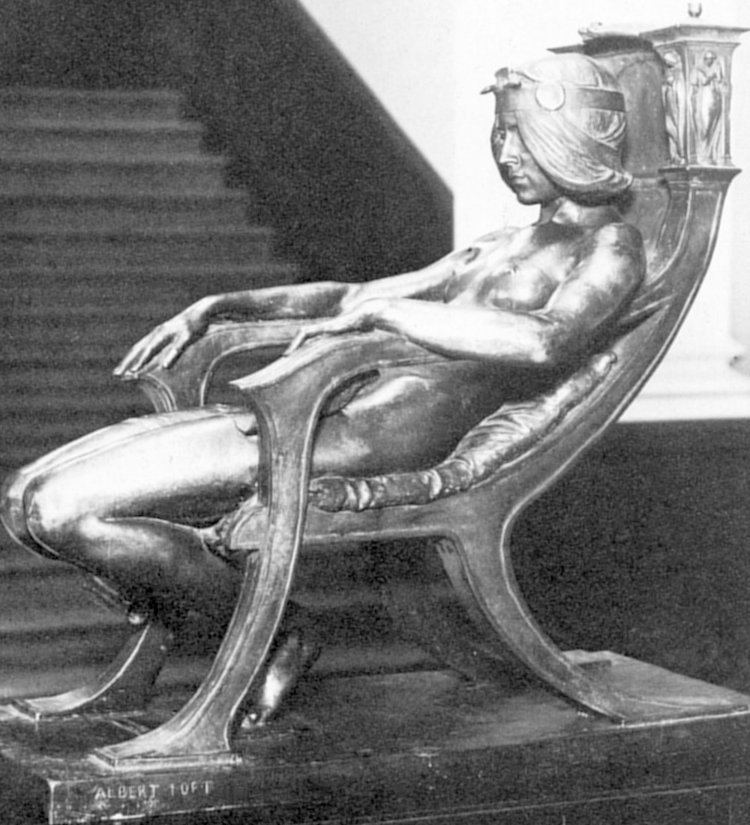
Toft was born in Handsworth, then in Staffordshire, and now a suburb of Birmingham. His parents were Charles Toft (1832–1909) and Rosanna Reeves. His father was a modeller at the Wedgwood pottery.
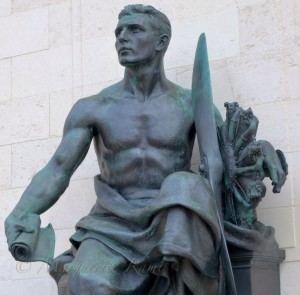
Toft trained at Wedgwood's pottery, and attended art schools in Hanley and Newcastle upon Tyne. In 1881 he won a scholarship to study sculpture at the South Kensington Schools under Professor Édouard Lantéri. He received silver medals in his second and third years.
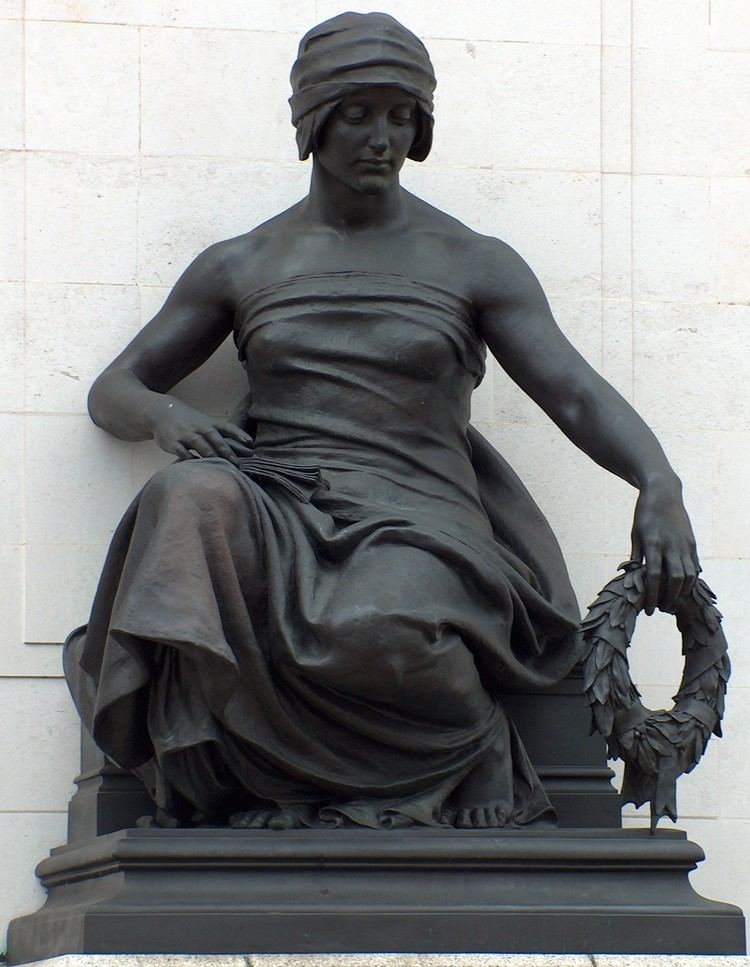
The Oxford Dictionary of National Biography describes Toft as one of the major figures of "New Sculpture" following on from William Hamo Thornycroft and George Frampton. Toft described his work as 'Idealist' but he also said of himself that "to become an idealist you must necessarily first be a realist."
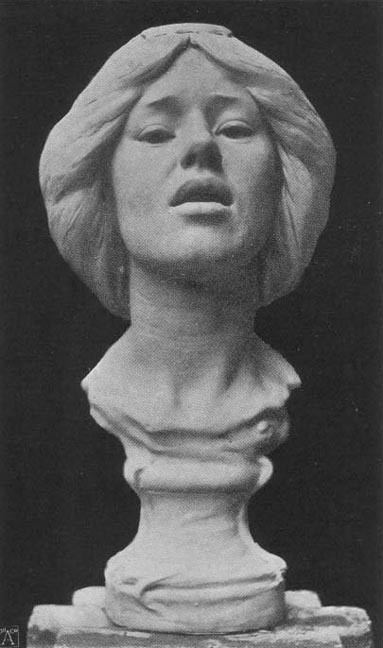
From 1885 onwards Toft exhibited at the Royal Academy and some of his most notable works exhibited at the Royal Academy included Fate-Led (1890, now at Walker Art Gallery), The Sere and Yellow Leaf (1892), Spring (1897, now at Birmingham Museum and Art Gallery), The Spirit of Contemplation (1901; Laing Art Gallery, Newcastle) and The Metal Pourer (1915). In 1915 his sculpture The Bather was purchased using the Royal Academy's Chantrey Fund. His 1888 bust of Gladstone for the National Liberal Club was modelled from life and acclaimed as one of the best. In 1900 Toft received a bronze medal at the Universal Exhibition in Paris.
He created monuments to Queen Victoria for Leamington Spa, Nottingham, and South Shields, and to Edward VII in Birmingham and Warwick. He designed the coronation medal of George V and Queen Mary (1911) and a statuette of W. S. Penley playing Charley's Aunt for Royal Doulton (1913). He also published a book, Modelling and Sculpture in 1911, which was reprinted in 1949.
He made a series of war memorials, starting with the South African War Memorial in Cardiff (1910), and then many after the First World War, including the Royal Fusiliers War Memorial in London (1922), and four statues for the Birmingham Hall of Memory (1923-24).
In 1891 Toft was elected to the Art Workers Guild and in 1938 he was elected a fellow to the Royal Society of British Sculptors.
He died in Worthing.
